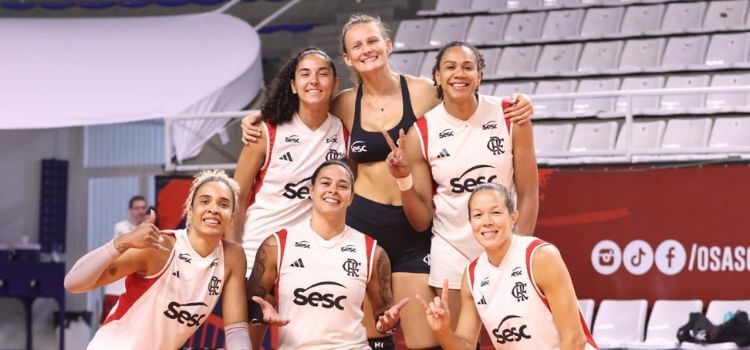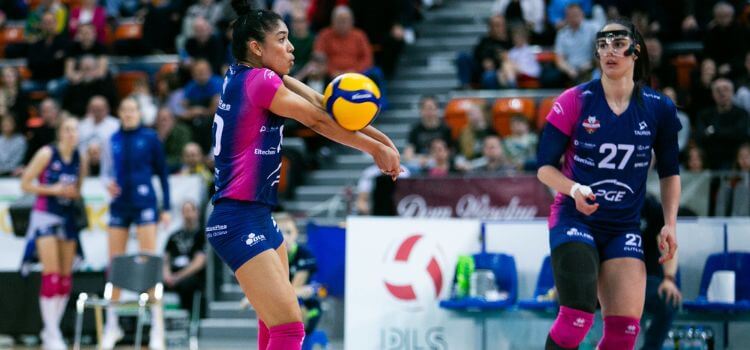As an Amazon Associate, I earn from qualifying purchases
Are you ready to step up your volleyball game and master the court? Whether you’re a beginner or an experienced player, understanding the different positions and their roles is crucial for success.
In this guide, we’ll walk you through how to play volleyball positions, covering everything from the setter to the libero. You’ll learn how to play each position effectively, the skills required, and tips for making the most out of your game.
Read More: 10 Rules of Volleyball : Expert Guide for Players and Coaches
The Basics of Volleyball Positions
Before we dive into the specifics of each position, let’s start with the basics. Volleyball has six positions on the court, each with its own unique role and responsibilities. These positions are:
- Setter
- Outside Hitter
- Middle Blocker
- Opposite Hitter
- Defensive Specialist
- Libero
Setter Position
The setter is the quarterback of the team, responsible for coordinating the offense and setting up the plays. Their primary role is to set the ball to the hitters, but they also need to be able to dig, block, and serve. To play the setter position effectively, you’ll need to have the following skills:
- Good hand-eye coordination
- Quick reflexes
- Accurate passing and setting
- Strong communication skills
Outside Hitter Position
The outside hitter is the go-to player for attacking the ball from the left side of the court. They need to be able to hit the ball with power and accuracy, as well as block and defend. To play the outside hitter position effectively, you’ll need to have the following skills:
- Strong hitting ability
- Good jumping ability
- Quick footwork
- Solid blocking and defensive skills
Read More Professional Volleyball Rules: A Comprehensive Guide
Middle Blocker Position

The middle blocker is responsible for blocking and attacking from the center of the court. They need to be quick on their feet and able to jump high to block the opponent’s hits. To play the middle blocker position effectively, you’ll need to have the following skills:
- Strong blocking ability
- Good footwork
- Quick reflexes
- Solid hitting skills
Opposite Hitter Position
The opposite hitter is the go-to player for attacking from the right side of the court. They need to be able to hit with power and accuracy, as well as block and defend. To play the opposite hitter position effectively, you’ll need to have the following skills:
- Strong hitting ability
- Good jumping ability
- Quick footwork
- Solid blocking and defensive skills
Defensive Specialist Position
The defensive specialist is responsible for digging and passing the ball. They need to be quick on their feet and have strong passing skills. To play the defensive specialist position effectively, you’ll need to have the following skills:

- Good footwork
- Accurate passing ability
- Strong defensive skills
- Quick reflexes
Libero Position
The libero is a specialized defensive player who can replace any back-row player without counting as a substitution. They are responsible for digging, passing, and defending. To play the libero position effectively, you’ll need to have the following skills:
- Good footwork
- Accurate passing ability
- Strong defensive skills
- Quick reflexes
Tips for Playing Volleyball Positions Effectively
Now that you know the basics of each position, let’s talk about how to play volleyball positions effectively. Here are some tips to keep in mind:
Know your role: Understand the responsibilities of your position and focus on excelling
Communication is key:
Keep the lines of communication open with your teammates, especially the setter, to ensure that everyone is on the same page.
Stay focused:
Volleyball requires quick reflexes and split-second decisions, so it’s important to stay focused and aware of your surroundings.
Practice your skills:
To play your position effectively, you’ll need to work on developing the specific skills required. Practice passing, setting, hitting, and blocking to improve your game.
Be a team player:
Volleyball is a team sport, so it’s important to put the needs of the team above your individual desires. Support your teammates and work together towards a common goal.
Common Mistakes to Avoid

While playing volleyball positions, there are certain mistakes that are common among players. By being aware of these mistakes, you can avoid them and improve your game. Here are some of the most common mistakes to avoid:
Poor communication: Not communicating with your teammates can lead to confusion and mistakes on the court.
Lack of focus: Losing focus can result in missed opportunities and mistakes.
Poor technique: Without proper technique, you won’t be able to execute the skills required for your position effectively.
Not knowing your role: Failing to understand your position and responsibilities can lead to confusion and mistakes.
Conclusion
Understanding how to play volleyball positions is essential for success on the court. Each position has its own unique role and responsibilities, and by mastering your position, you can contribute to the success of your team.
Remember to communicate with your teammates, stay focused, and practice your skills to improve your game. By avoiding common mistakes and playing as a team, you can take your volleyball game to the next level.
